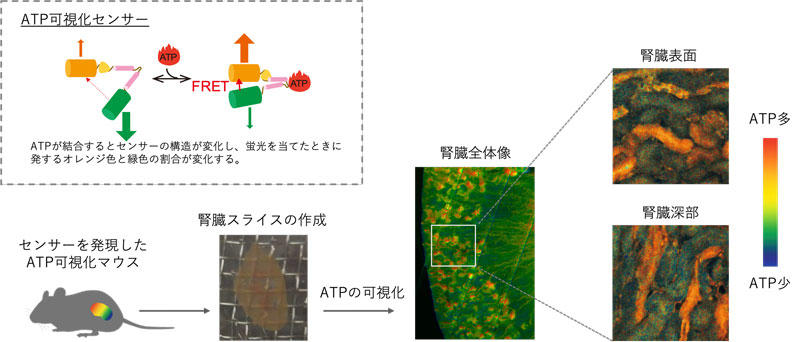2024-07-08 コロンビア大学
<関連情報>
- A Memory Center Linked to Smell In Insects Also Opens a Window Into Their Sight | Columbia | Zuckerman Institute
- Diversity of visual inputs to Kenyon cells of the Drosophila mushroom body | Nature Communications
ショウジョウバエきのこ体のケニオン細胞への視覚入力の多様性 Diversity of visual inputs to Kenyon cells of the Drosophila mushroom body
Ishani Ganguly,Emily L. Heckman,Ashok Litwin-Kumar,E. Josephine Clowney & Rudy Behnia
Nature Communications Published:07 July 2024
DOI:https://doi.org/10.1038/s41467-024-49616-z

Abstract
The arthropod mushroom body is well-studied as an expansion layer representing olfactory stimuli and linking them to contingent events. However, 8% of mushroom body Kenyon cells in Drosophila melanogaster receive predominantly visual input, and their function remains unclear. Here, we identify inputs to visual Kenyon cells using the FlyWire adult whole-brain connectome. Input repertoires are similar across hemispheres and connectomes with certain inputs highly overrepresented. Many visual neurons presynaptic to Kenyon cells have large receptive fields, while interneuron inputs receive spatially restricted signals that may be tuned to specific visual features. Individual visual Kenyon cells randomly sample sparse inputs from combinations of visual channels, including multiple optic lobe neuropils. These connectivity patterns suggest that visual coding in the mushroom body, like olfactory coding, is sparse, distributed, and combinatorial. However, the specific input repertoire to the smaller population of visual Kenyon cells suggests a constrained encoding of visual stimuli.


